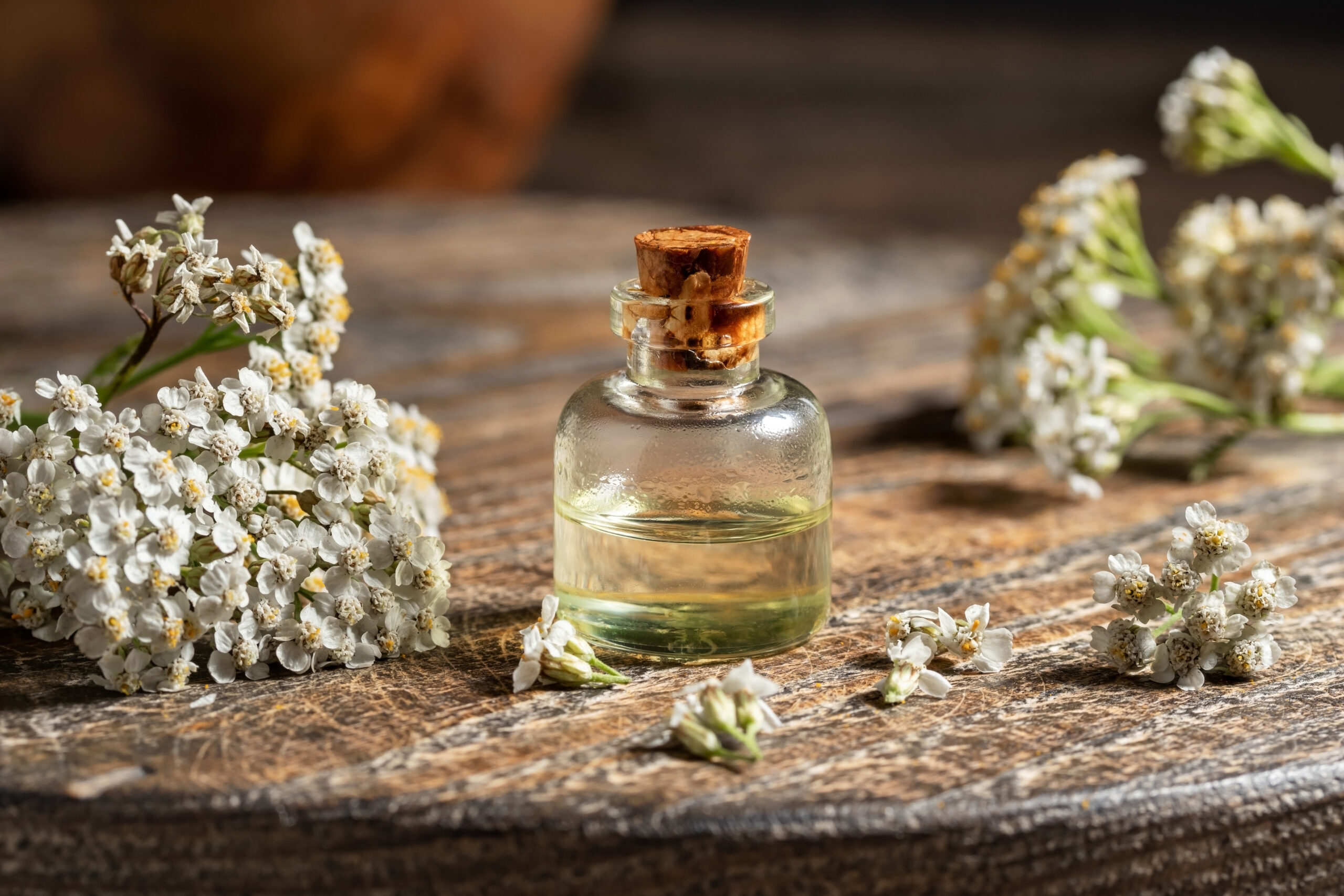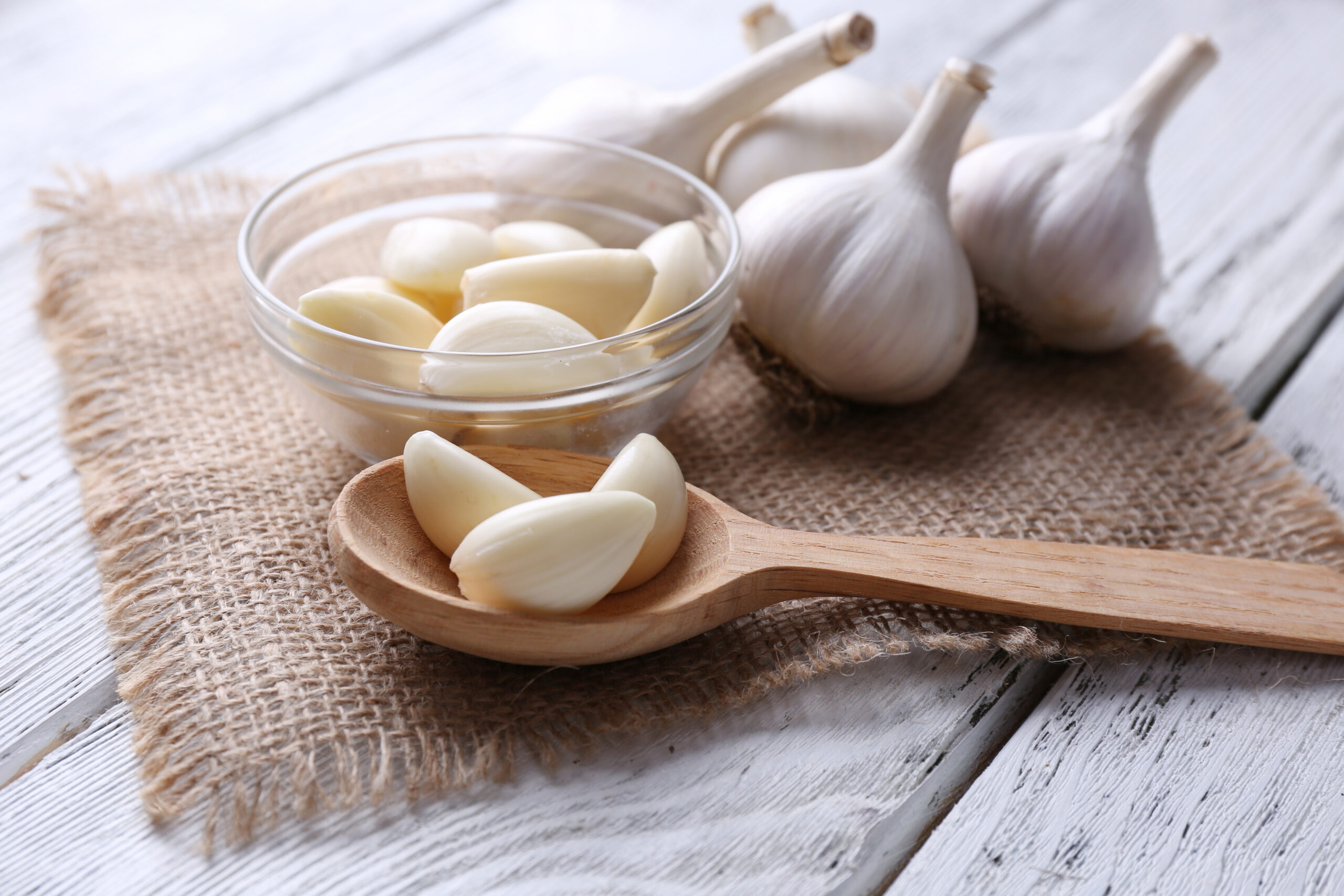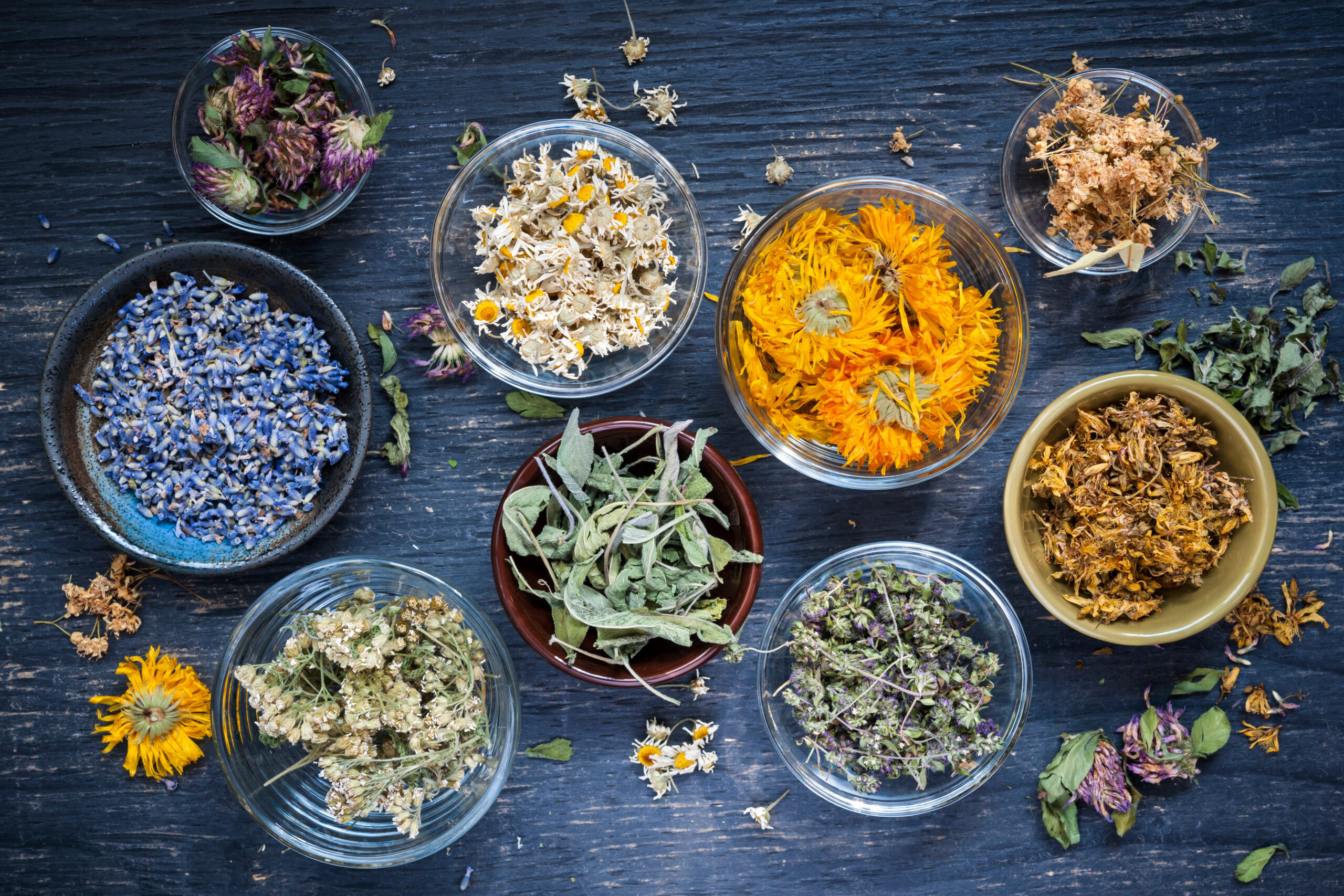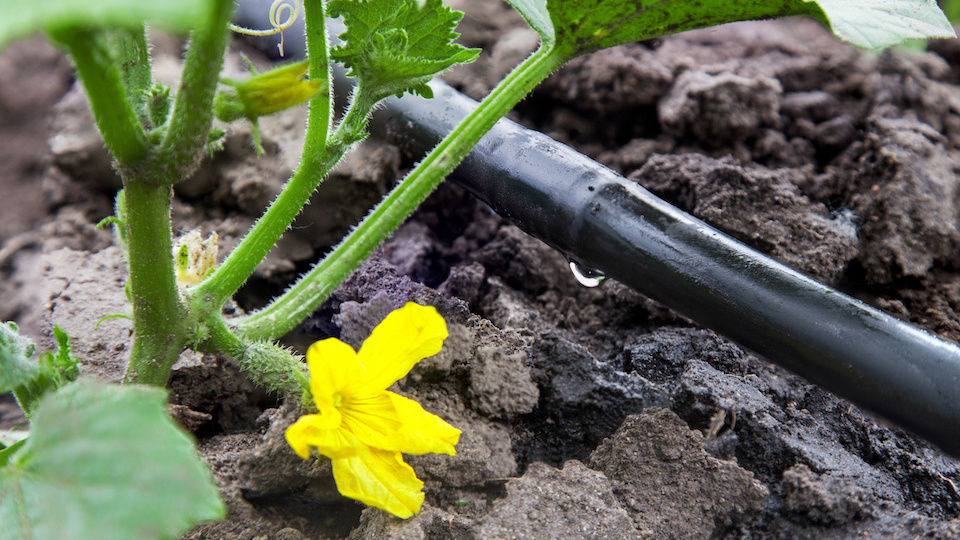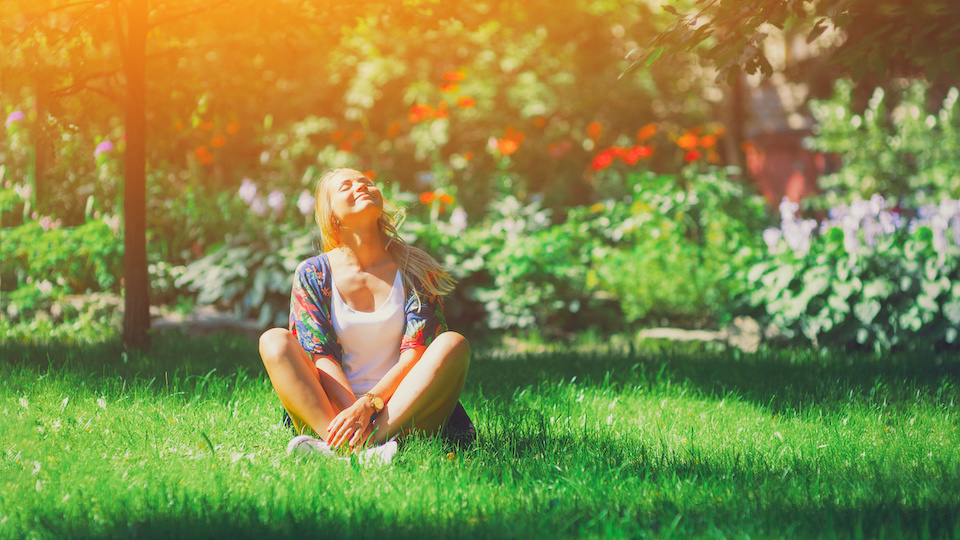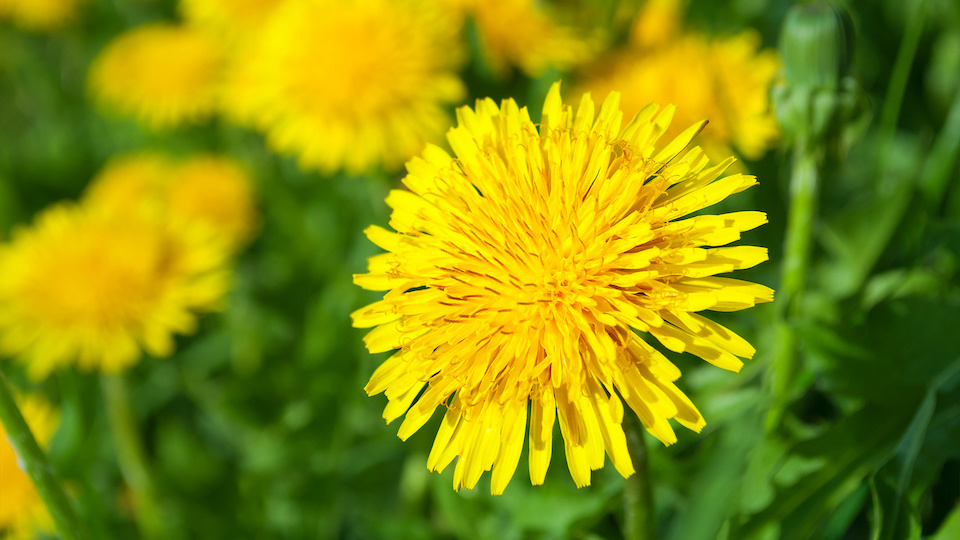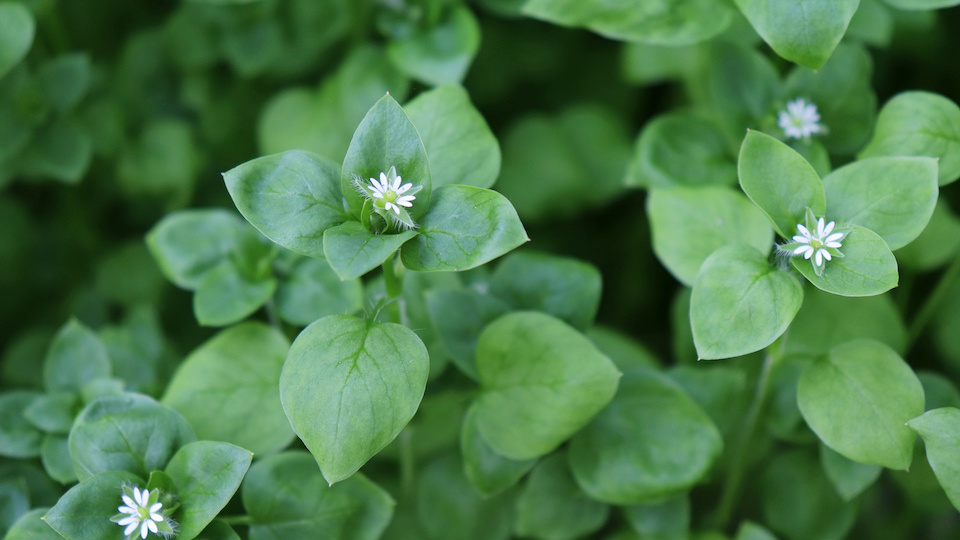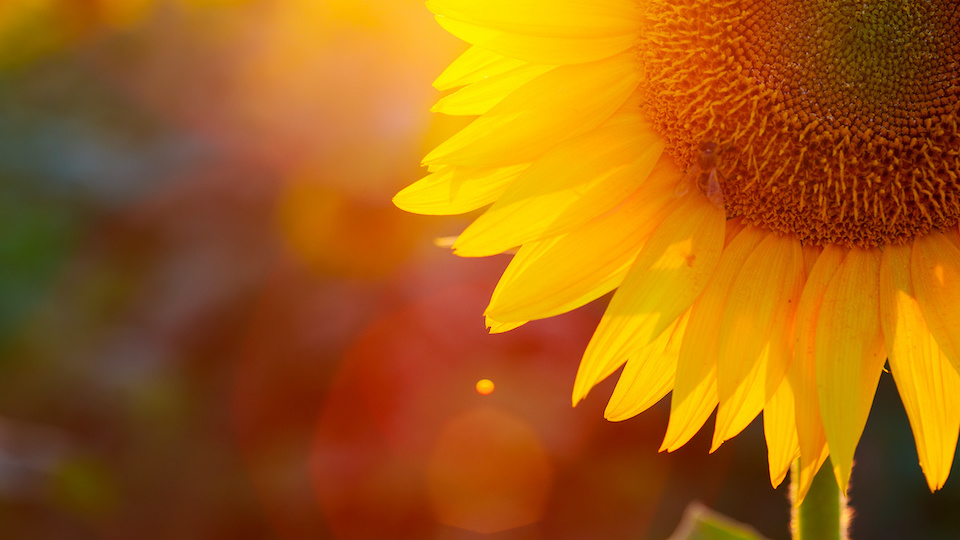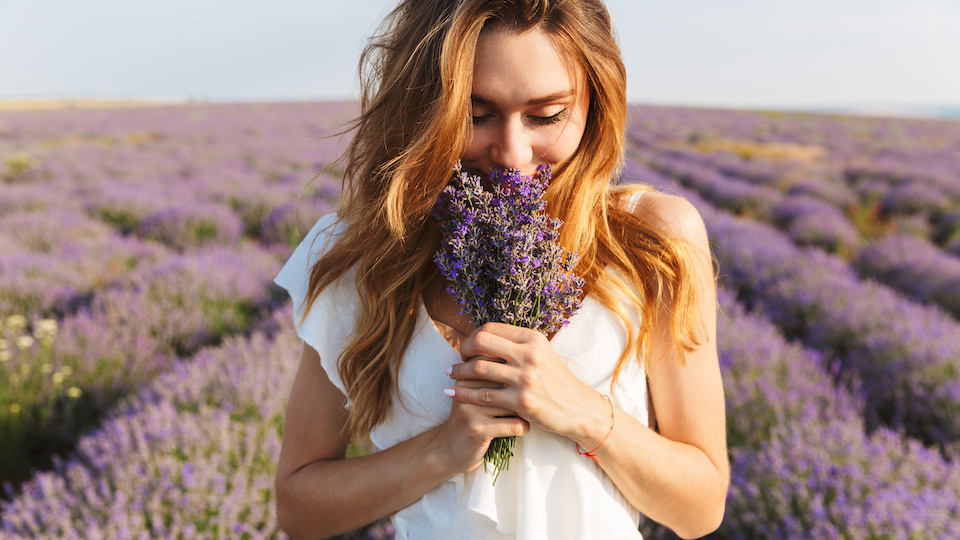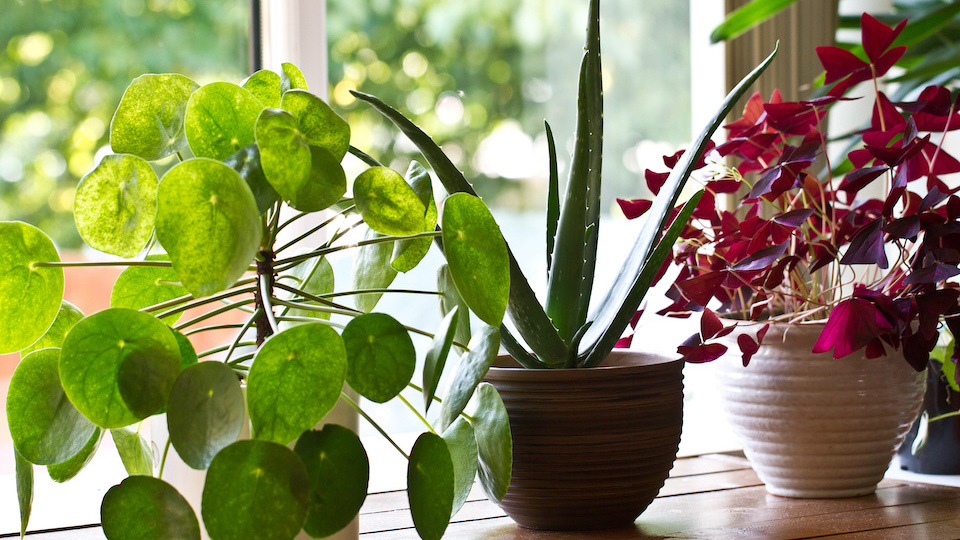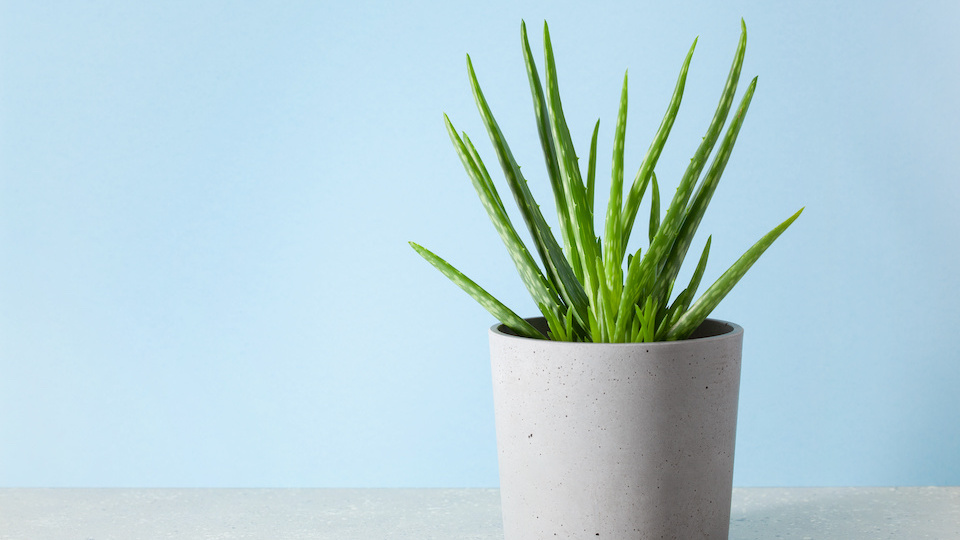Nature’s Bandage: The Incredible Plant that Stops Bleeding Instantly
You knicked your finger with a kitchen knife… ouch! What is the first thing you do? Most likely, you reach for a bandage to cover the wound. Did you know that one medicinal plant has earned the nickname “Nature’s Bandage” for its remarkable ability to stop bleeding instantly? Before the invention of bandages, this plant was a go-to remedy for minor wounds.


